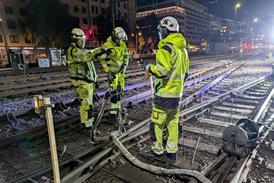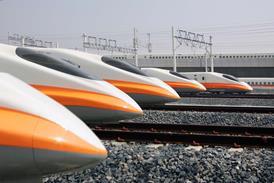Paris Line 14 extensions on course to open in June 2024
By Metro Report International2022-06-27T05:00:00

FRANCE: Paris transport operator RATP is working towards a simultaneous opening of the Line 14 northern and southern metro extensions in June 2024, the group’s project Manager Stéphane Garreau has confirmed to Metro Report International.
Already have an account? LOG IN
To continue…
You’ve reached your limit of content for the month
Get enhanced access to Railway Gazette news and weekly newsletters.

For almost 200 years, the Railway Gazette Group has been the leading provider of news, analysis and intelligence for the international railway industry. Our independent and authoritative content is read by operators, regulators and the supply industry in over 140 countries using a variety of tailored subscription packages.
Site powered by Webvision Cloud



